Description
Music studio wallpaper can be used to set the mood and create a specific creative environment.
This could involve choosing calming and inspiring music wallpaper designs. Showcasing iconic musical figures or instruments.
Or even incorporating the artist’s style to feel more comfortable and engaged in the space.
M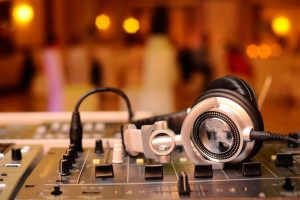 Certain music wallpaper designs, like quotes by famous musicians or images of iconic performances, can serve as a source of motivation and inspiration for the artist during their creative process.
Certain music wallpaper designs, like quotes by famous musicians or images of iconic performances, can serve as a source of motivation and inspiration for the artist during their creative process.

Your music wallpaper allows for customization of the studio, reflecting your taste and potentially fostering a sense of ownership and connection to the space.
In short, music wallpaper can be a complementary element in creating a functional and inspiring music studio environment.
In some cases, strategically chosen wallpaper can contribute to better acoustics. Specific types of wallpapers can help diffuse sound reflections. And in reducing unwanted echoes and resonances that might interfere with recording or mixing.
However, it’s important to note that relying solely on wallpaper for acoustic treatment is not recommended, and proper acoustic panels or diffusers should be the primary focus.
Music studio wallpaper ideas
The best music studio wallpaper is the one that inspires you, complements your workflow, and creates the perfect environment for your musical endeavors.
Therefore consider the overall vibe. Opting for vibrant colors, abstract patterns, or images that evoke emotions or specific genres for inspirational music wallpaper. For instance, swirling colors for electronic music, and cityscapes for hip-hop.

Choose calming colors like blues, greens, or greys, or nature-inspired patterns like landscapes or wood textures for a relaxing and focused atmosphere.
But for professional and polished vibes stick to neutral tones, minimalist patterns, or subtle musical references like sheet music or vinyl records.
Think about the functionality of your studio wallpaper
Choose our silk fabric that is easy to clean and resistant to wear and tear, especially if your studio gets a lot of use.
Consider acoustic wallpaper to help dampen sound and improve the recording quality.
And if your studio has limited natural light, opt for lighter colors or reflective finishes to brighten the space.
Personalize it Incorporate your artwork or photography to showcase your artistic side or personal connection to music with your creations.

Create a unique statement piece with a mural depicting your favorite artist, musical instrument, or lyrics.
But combine different textures like smooth surfaces, exposed brick, or acoustic panels for a visually interesting and layered effect.
A close-up of a microphone
The microphone wallpaper is a classic image that represents the recording process.
You can find photos of microphones in all sorts of styles, from vintage to modern.
A collection of instruments
A close-up of a variety of musical instruments, such as a guitar, piano, and drums is a classic choice that is sure to inspire any musician.
A photorealistic image of a recording studio, complete with all the equipment and instruments will give your studio a professional look and feel.
A photo of a recording studio
Music studio photo wallpapers can bring the creative energy and atmosphere of a recording studio right into your home or office.
This wallpaper could show the entire recording studio, including the mixing board, speakers, and other equipment.
A vintage music studio wallpaper
Vintage music wallpaper can create a multitude of vibes in a music studio, depending on the specific design and how you implement it. This type of wallpaper can add a touch of nostalgia to your studio.
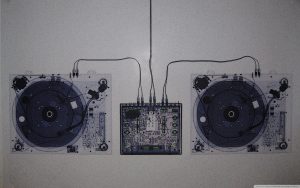
Professional and timeless music studio wallpaper
Even within vintage styles, there are sophisticated options like classic wood paneling designs or vintage sheet music with elegant fonts.
These choices can create a polished and professional look for your studio, while still retaining a touch of vintage charm.
Ultimately, the specific vibe your vintage music wallpaper creates will depend on the individual design and how it interacts with the rest of your studio’s decor.
Thus making your studio a space that truly reflects your artistic identity.
“Music washes away from the soul the dust of everyday life.” – Berthold Auerbach
“Music expresses that which cannot be said and on which it is impossible to be silent.” – Victor Hugo
“Life is like a song. There are high notes and low notes, but the music plays on.” – Les Brown
“Without music, life would be a mistake.” – Friedrich Nietzsche
I hope these options inspire you!
Music studio soundproofing wallpaper
While 70 centimeters by 77 centimeters 3D foam wall panels can be somewhat effective as decorative wallpaper, their soundproofing capabilities for a music studio are limited.
As decorative wallpaper
- Pros:
- Easy to install: They are lightweight and often have self-adhesive backing, making DIY installation simple.
- Variety of designs and colors: They come in a wide range of colors, patterns, and textures, offering various aesthetic options.
- Can add depth and dimension: The 3D aspect can create a visually interesting feature wall.
- Cons:
- May not be very durable: They can be easily damaged by bumps or scratches, especially in high-traffic areas.
- May not be suitable for all styles: The 3D texture might not complement all design aesthetics.
- May require additional maintenance: Depending on the material, they might require regular dusting or cleaning to maintain their appearance.
For soundproofing a music studio
- Pros:
- Some level of sound absorption: The foam material can absorb some sound waves, helping to reduce echo and dampen minor noise.
- Easy to install: As mentioned earlier, their lightweight and easy installation make them a DIY-friendly option.
- Cons:
- Limited soundproofing: They are not very effective at blocking sound transmission between rooms or dampening loud noises like drums or bass guitars.
- Low sound absorption coefficient: Compared to professional soundproofing materials, 3D foam panels have a lower sound absorption coefficient (SAC), meaning they absorb less sound energy.
- May not be thick enough: For effective soundproofing, thicker panels (at least 4 inches or 10 centimeters) are typically needed.
Overall, while 70 centimeters by 77 centimeters 3D foam wall panels can add a decorative touch to your music studio, they are not a sufficient solution for soundproofing. If soundproofing is a major concern, it’s recommended to consult with a professional audio engineer or explore professional soundproofing materials designed for studios. These materials often come in thicker panels, use higher-quality sound-absorbing materials, and might require installation by a professional for optimal results.







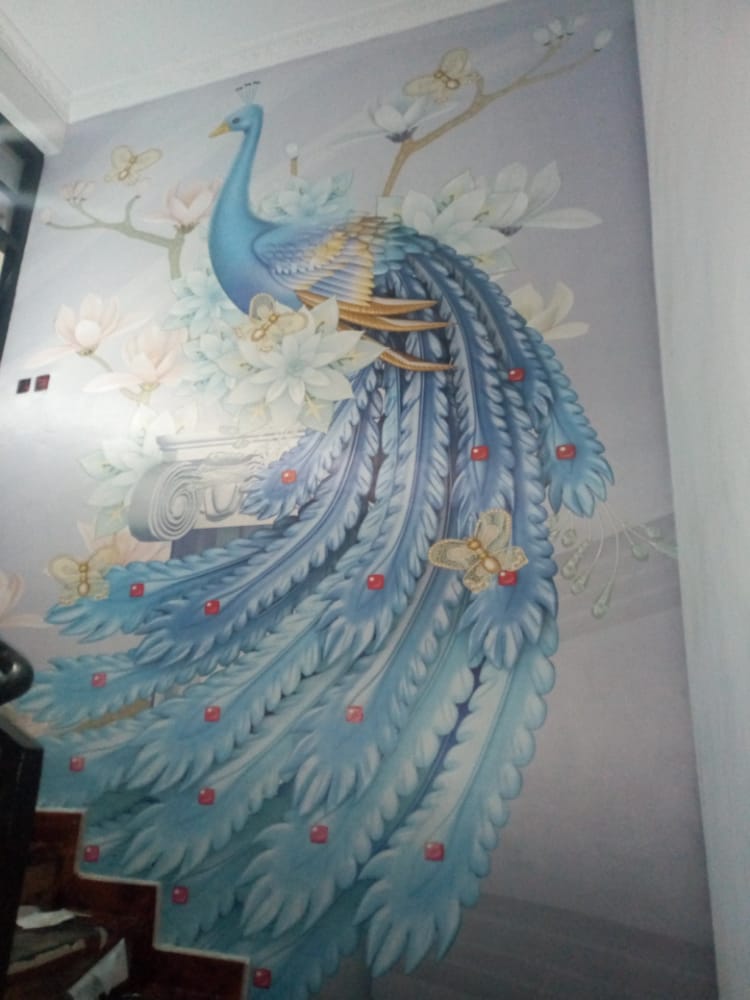

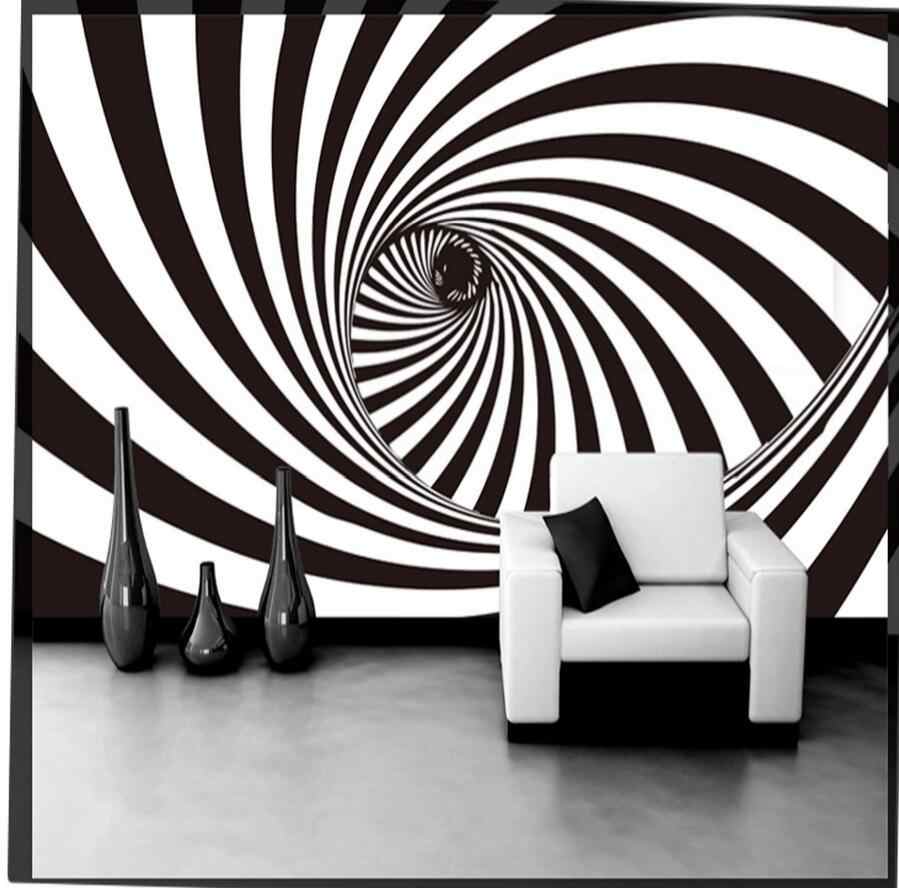
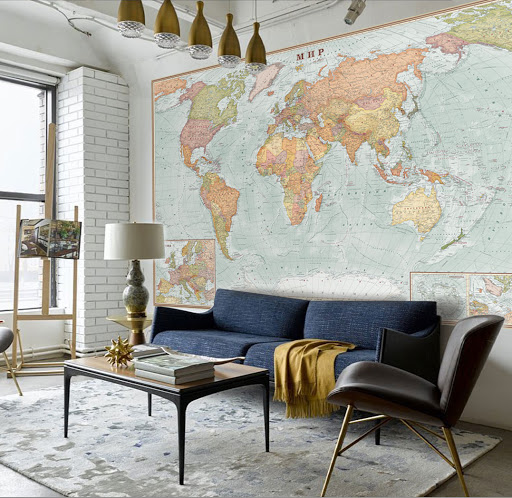


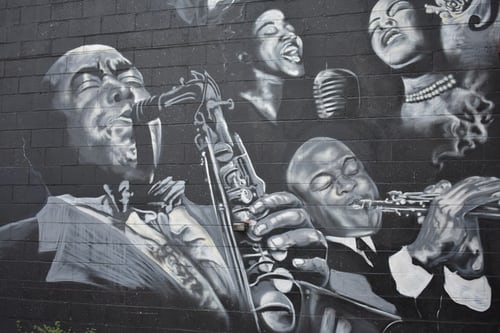






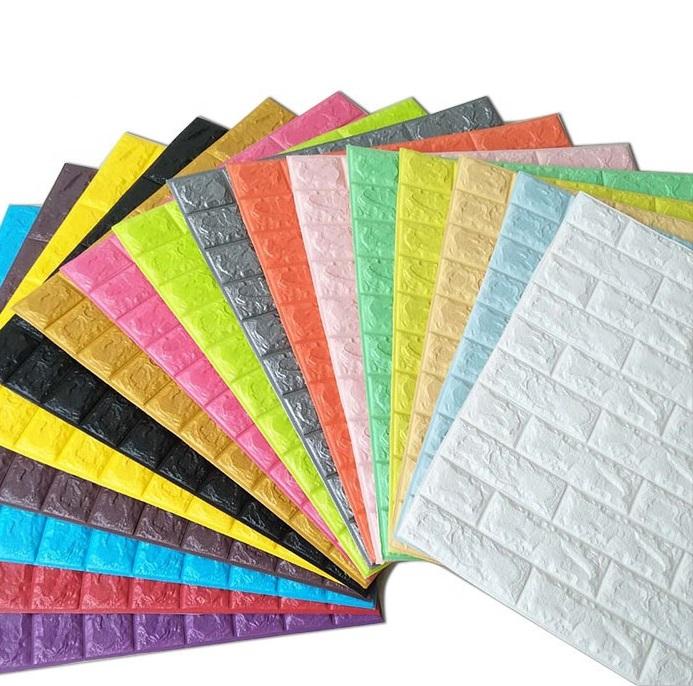
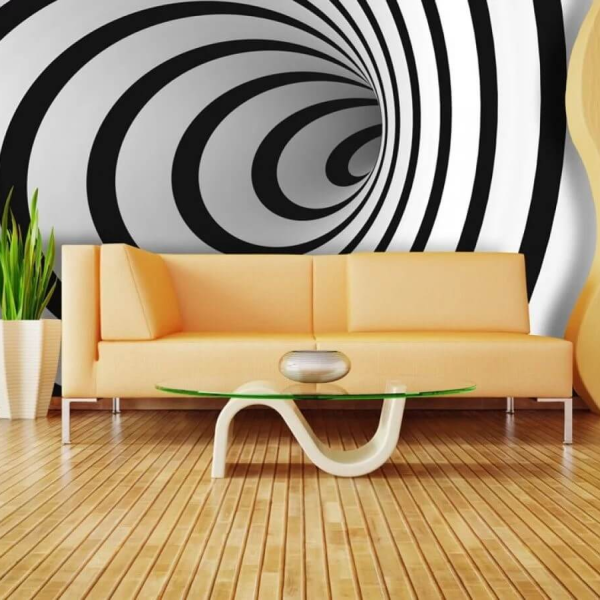
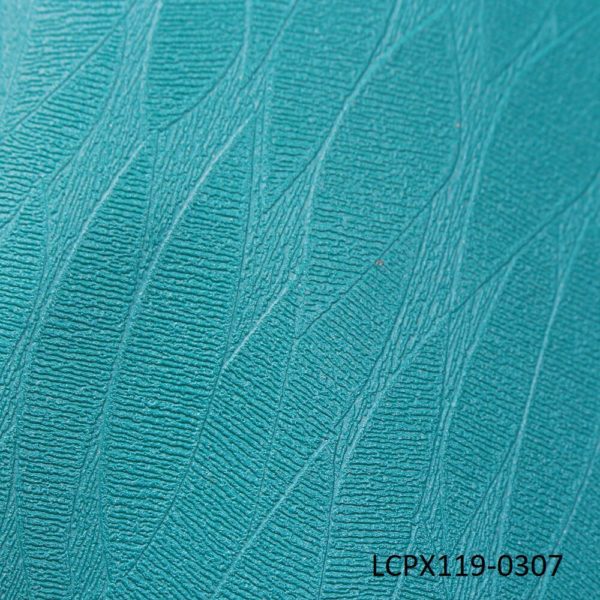
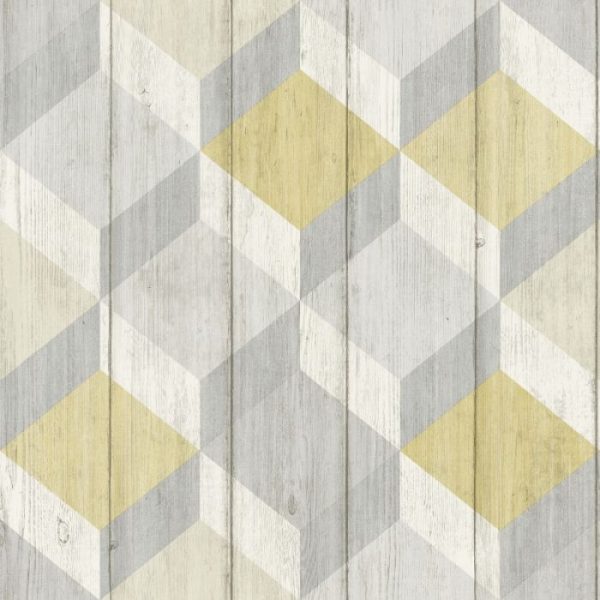
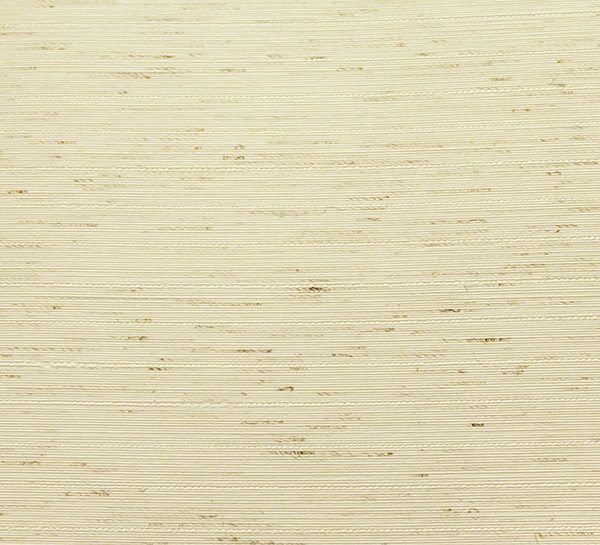
Reviews
There are no reviews yet.